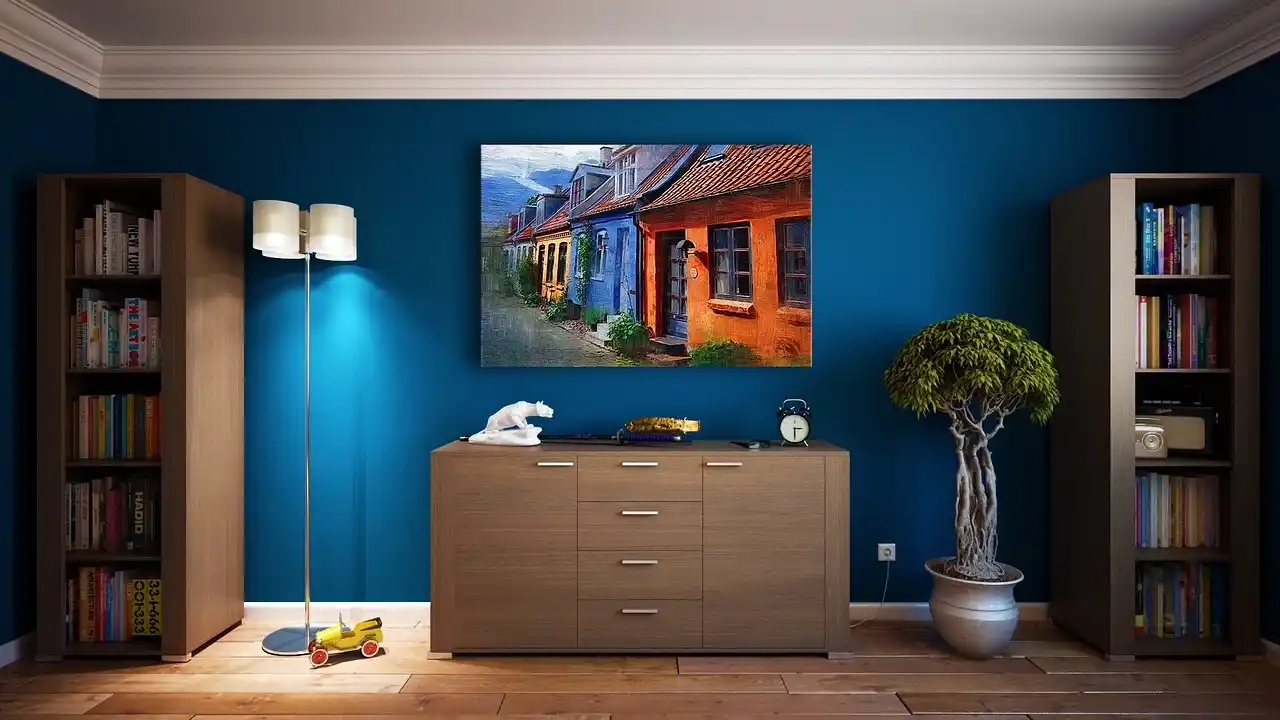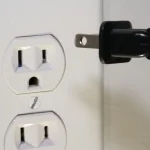Introduction
Taking on a DIY painting project can be exciting and nerve-wracking, especially if you’re new to the process. But with the right guidance, even beginners can achieve professional-looking results. Whether you aim to refresh a room, add an accent wall, or completely transform your home, this step-by-step guide will walk you through the process.
Why DIY Painting?
DIY painting is one of the most cost-effective ways to update your home. A fresh coat of paint can dramatically change the feel of a space, making it more inviting, modern, or personalized to your taste. Plus, there’s a certain satisfaction in completing a project with your own hands. I remember the first time I painted my living room – the sense of accomplishment I felt when I stepped back to admire the new color was worth every drop of sweat!
Step 1: Choose the Right Paint
Before you even think about dipping a brush into a can of paint, it’s crucial to choose the right type of paint for your project. According to the DIY Network, factors like sheen, durability, and color should all be considered when selecting your paint.
- Sheen: Paint comes in various sheens, including flat, eggshell, satin, semi-gloss, and gloss. Flat is great for ceilings and low-traffic areas, while gloss is ideal for trim and doors due to its durability.
- Durability: For high-traffic areas, such as hallways and kitchens, opt for a paint that can withstand wear and tear.
- Color: When selecting a color, consider the mood you want to create in the room. Lighter colors can make a space feel larger, while darker shades can add coziness.
Step 2: Gather Your Supplies
Investing in quality tools is key to achieving a smooth, even finish. Home Depot emphasizes the importance of good brushes, rollers, and trays. Here’s a basic list of what you’ll need:
- Paint (enough for your project area)
- Primer (if needed)
- Paintbrushes (angled brushes for corners and trim)
- Rollers and roller covers
- Paint trays
- Painter’s tape
- Drop cloths
- Sandpaper
- A step ladder
Step 3: Prep the Room
Preparation is where most of the hard work happens, but it’s essential for a flawless finish. As This Old House points out, the key to successful painting lies in the preparation .
- Clear the Area: Remove as much furniture as possible from the room. Cover anything that can’t be moved with drop cloths.
- Clean the Walls: Wipe down the walls to remove dust, dirt, and grease. This will help the paint adhere better.
- Repair Imperfections: Use spackle to fill in any holes or cracks. Sand these areas smooth once the spackle is dry.
- Tape-Off Areas: Apply painter’s tape to edges, trim, and any other areas you don’t want to be painted. This ensures clean, straight lines.
Step 4: Prime the Walls (If Needed)
Priming is a step that’s often overlooked by beginners, but it can make a significant difference in the final result. Priming is especially important if you’re painting over a dark color, new drywall, or surfaces with stains. According to Bob Vila, proper preparation, including priming, is essential for achieving professional-looking results.
- Apply the Primer: Use a roller for large areas and a brush for edges and corners. Allow the primer to dry completely before moving on to the next step.
Step 5: Start Painting
Now for the fun part—painting! Remember, patience is key here. Don’t rush through this step, as it’s the most critical in achieving a beautiful finish.
- Cut In: Start by “cutting in” around the edges of the room with a brush. This means painting a 2-3 inch border along the edges where the roller can’t reach.
- Roll the Walls: Using a roller, paint the main areas of the wall. Roll in a “W” or “M” pattern to ensure even coverage and avoid roller marks. Sherwin-Williams suggests practicing your technique on a small, inconspicuous area before tackling the entire wall .
- Let it Dry: Allow the first coat to dry completely. This can take anywhere from 4 to 24 hours, depending on the type of paint and the humidity levels in your home.
- Apply a Second Coat: For the best results, apply a second coat of paint. This ensures full coverage and a uniform finish.
Step 6: Clean Up
Once you’ve finished painting, it’s time to clean up. Don’t wait too long, as dried paint can be difficult to remove from brushes and rollers.
- Remove Tape: Carefully remove the painter’s tape while the paint is still slightly tacky to avoid peeling off any paint with it.
- Clean Brushes and Rollers: Rinse brushes and rollers thoroughly with warm water (or the appropriate solvent if you used oil-based paint) until the water runs clear. Squeeze out excess water and reshape the bristles.
- Store Leftover Paint: Pour any leftover paint back into the can and seal it tightly. Store it in a cool, dry place for future touch-ups.
Personal Anecdote: The Learning Curve
When I first tried my hand at DIY painting, I was eager to see the final result. I skipped the prep work and went straight to painting. Big mistake! The paint didn’t adhere well, and I ended up with uneven patches. It was a hard lesson learned—proper preparation is non-negotiable. But after that, each project got a little easier, and the results were much more satisfying. My living room transformation is still one of my favorite DIY achievements!
Unique Insights: Why Lighting Matters
One aspect of painting that’s often overlooked is lighting. The color of your paint can look drastically different depending on the lighting in the room. Benjamin Moore recommends testing paint samples in different lighting conditions before making a final decision. Natural light can make colors appear warmer, while artificial light may cool them down. Take the time to observe your paint samples throughout the day to ensure you’re happy with the color in all lighting conditions.
Final Touches and Tips
- Ventilation: Keep the room well-ventilated during and after painting to help the paint dry and minimize fumes.
- Touch-Ups: After the paint has dried, inspect the walls for any missed spots or areas that need a touch-up. Use a small brush to fix these areas.
- Admire Your Work: Step back and admire your work. You’ve just transformed your space with your own hands!
Conclusion
DIY painting can seem intimidating at first, but with the right approach and a little patience, anyone can achieve stunning results. Remember to take your time, prepare properly, and enjoy the process. After all, there’s nothing quite like the satisfaction of completing a project yourself. Whether you’re painting a single room or your entire home, this step-by-step guide will help you create a space that reflects your style and personality.
So, grab your brushes and rollers, put on your favorite playlist, and get painting! Your home is your canvas, and with these tips, you’ll be able to create a masterpiece that you can be proud of.










